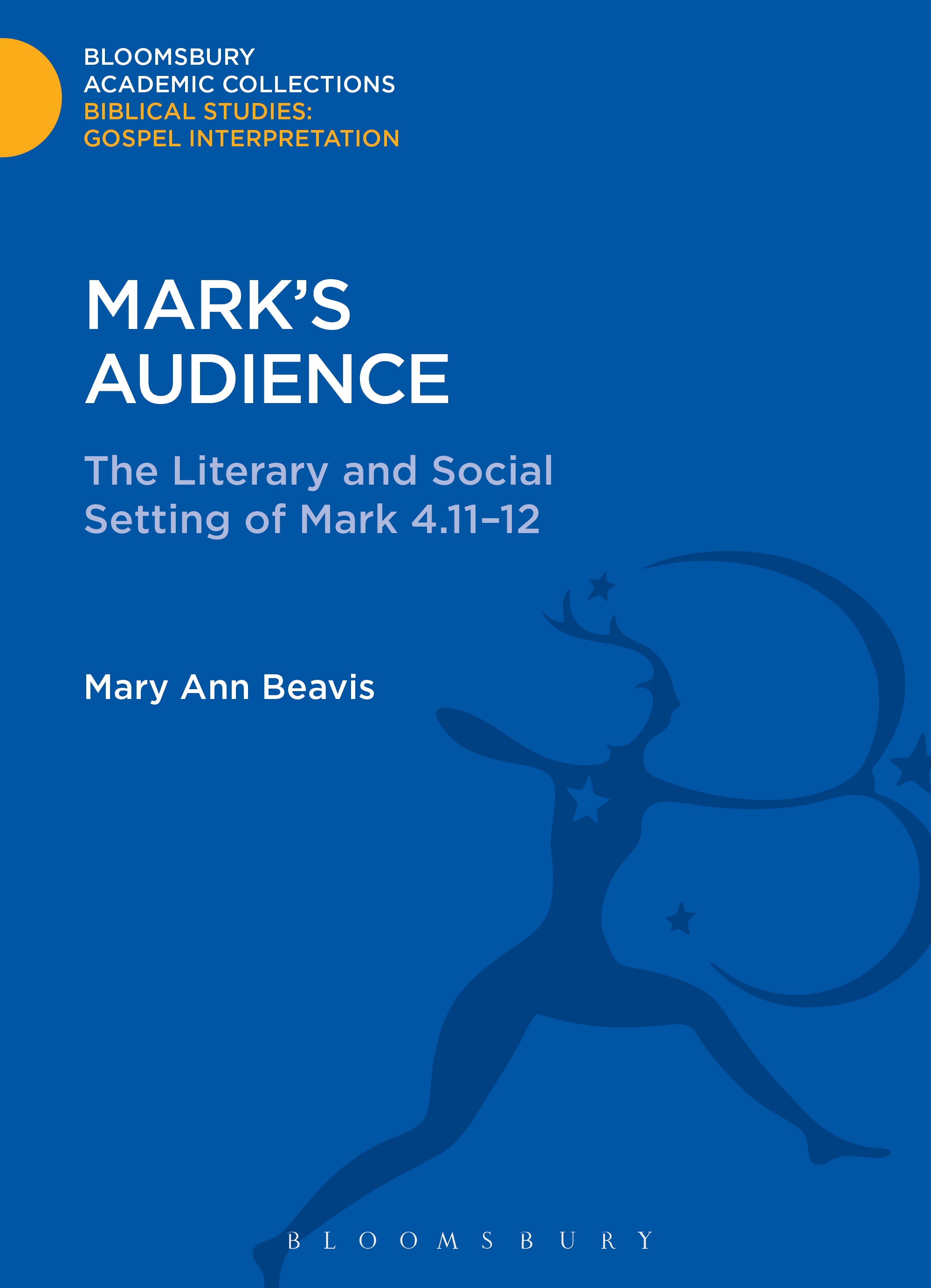Mark's Audience
Mark 4.11-12, the 'parable theory' passage, has probably been commented upon more often than any other section of Mark's Gospel. The saying has usually been interpreted as an authentic utterance of Jesus, which was subsequently misunderstood and misi...
Read more
Mark 4.11-12, the 'parable theory' passage, has probably been commented upon more often than any other section of Mark's Gospel. The saying has usually been interpreted as an authentic utterance of Jesus, which was subsequently misunderstood and misinterpreted by early Christians - including the evangelist Mark. The precise meaning of the mystery logion in the ministry of Jesus is notoriously elusive, since we have no information about the context in which it was spoken, or about the audience to which it was addressed. Much more, however, can be known about the interpretative context of the logion in Mark, since it is surrounded by passages that seem to echo the mystery saying. This study examines the complex web of literary relationships between Mark 4.11-12 and the Gospel as a whole. Dr Beavis's fresh interpretation is unusual in that she undertakes to interpret the Gospel of Mark, as far as possible, from the point of view of its 'historical' readers/audience. Chapters 1 and 2 of the book attempt to describe the 'community' for which the Gospel was written, and in the rest of the book, this socio-cultural setting is used to investigate the meaning of the mystery saying for the original readers/hearers of Mark.
Less



